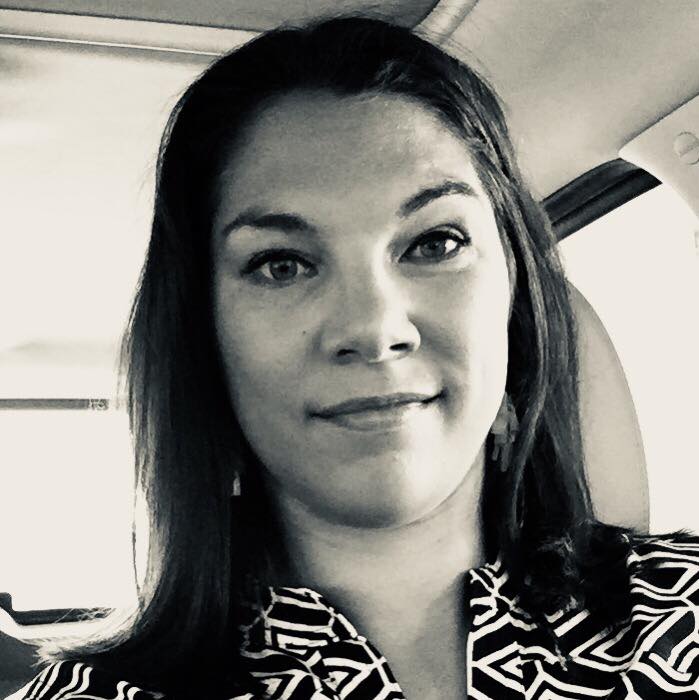|
Summer usually brings the opportunity for educators to reflect on their choices and practices in the previous year, to resume the pursuit of their professional growth through reading and study, and -- yes -- to refresh themselves emotionally and spiritually. However, the past three months of the summer of 2020 have often left me more exhausted than inspired, and more frustrated than determined. The COVID-19 pandemic continues to ravage our nation, and this ongoing health crisis -- combined with social and political unrest -- has left students, families, and colleagues traumatized. Many feel trapped by difficult choices with unknown consequences for the future. This is the emotional environment that we will still be navigating as we begin the 2020-21 school year. I'm a person who finds mental and emotional comfort in structure and planning. Anyone who knows me on a professional level soon learns about my obsession with office supplies and pens, and my daily devotion to recording my "to dos" in my paper planner. This habit of organizing and planning aligns with my mantra for dealing with difficult life situations, honed after many years of dealing with family health crises: "Control what you can control." Over the course of this uncertain summer, sometimes even the simple act of preparing a grocery list for myself has allowed me to rest a little more easily. As we enter into the 2020-21 school year and the prospect of teaching virtually for extended periods of time becomes ever more likely, my mind returns to this idea of control. Educational research and brain science tells us that "Structure and routine are good for all young people, including youth who have experienced trauma" (Nance, 2017). Lately, the Internet has been flooded with ideas for how to structure and "set norms" for virtual classroom spaces. Educators seem obsessed with whether cameras should be off or on, whether students should be allowed to eat or drink during their remote learning meetings, how students should "raise their hands" virtually to ask questions, and even what kind of clothing students should be allowed to wear onscreen. While some of the suggestions seem inequitable at worst and laughable at best, I also empathize with my fellow educators who are grappling with the idea of managing a classroom in a virtual space. Faced with the uncertainty of teaching in an unfamiliar environment, they are reaching for the same strategy that has brought me so much comfort in the past: control. As I reflect on the newness of teaching virtually during the COVID-19 pandemic, I understand that my role in the classroom is partially to help set the tone and to manage norms. This helps students feel safe because they understand what to expect. At the same time, however, I want to live out my belief that my students are innately excellent, thoughtful human beings whose experiences and ideas have value. In addition, I understand that if I'm the only person in the classroom community who has a voice in establishing the structure and the routines in our virtual environment, that limits the opportunity for students to feel the comfort of control over their own circumstances -- the same comfort that adults feel when they have opportunities to take control. In his blog post on classroom culture, Gary Stroud (2018) asserts, "Equity is all about fair outcomes for every student, but teachers can't know their students unless they listen first. ... If teachers and school leaders really want equity, they build student voice from the ground up. Sincere engagement with students helps them to establish trust and relationship with adults in their schools, and gives them a sense of belonging." As an educator who believes in the inherent value of every one of my students and their voices, I need to ask myself, How am I making space for student voice and for listening as I am facilitating the development of our virtual classroom norms? Dear colleagues, the road ahead of us this school year often seems confusing, complicated, and deeply concerning. For many of us, our comfort zones are already stretched to the limit, and despite that, we are being asked to serve and to grow in ways we may have never before imagined. In the face of this daily uncertainty, I believe that sharing the control by reaching out authentically to our students and inviting them to co-create ways of being and working together is one of the most impactful things we can do. Here are some resources that I am exploring as I reflect on this further and make plans for the first day of school:
Welcome to my blog! I invite the opportunity to hear from diverse perspectives that share lived experiences or challenge my thinking. Please keep discourse professional. Links to resources, articles, blogs, and other social media posts are encouraged if they are relevant to the content of this post.
0 Comments
|
About this BlogNavigating the "hectic zen" of teacher life... Musings and reflections around equity, best practices, literacy, and the day-to-day experience of working in education. Archives
Categories
|

 RSS Feed
RSS Feed
